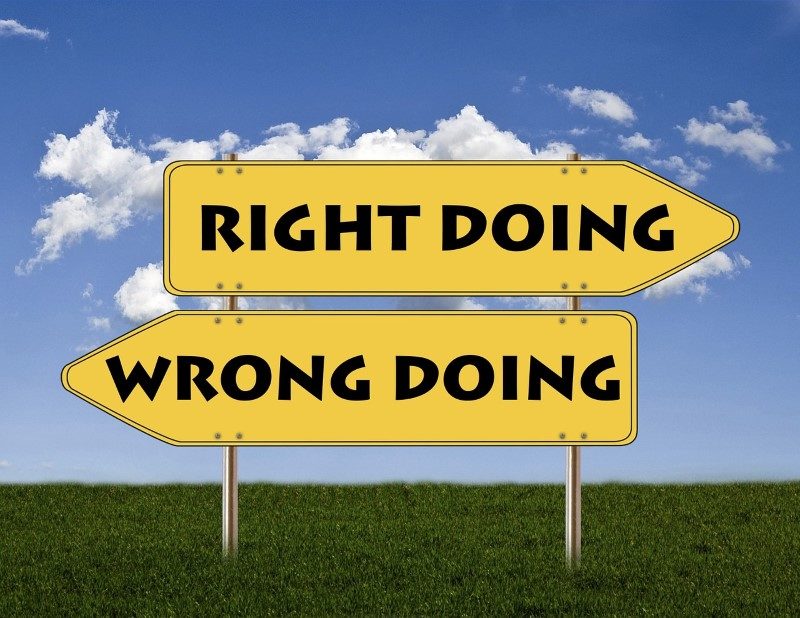Book Club #11: What I Learned from Losing a Million Dollars, by Jim Paul
 From the title, What I Learned from Losing a Million Dollars, you immediately get that Jim Paul has learned his lesson.
From the title, What I Learned from Losing a Million Dollars, you immediately get that Jim Paul has learned his lesson.
Not only did he lose a lot of money, but he took the time to write a book explaining to you the personal shortcomings that led to that disaster. While it might not immediately sound like a business book, it very much is.
Most might come to the book by a reference in Nassim Taleb’s Black Swan, in which he refers to Paul’s book as one of the most insightful books on investing he’s ever read.
The book is divided into two parts, story and analysis, and at just under 200 pages, is something you could easily finish on a plane ride.
In the first part of the book, Jim describes his time as a broker and his love for money. He became quite successful before losing it all in the market. That’s not an unusual story. But what happens next is Paul’s journey to understand why he lost and how he can make things right.
People often lose because of psychological factors such as:
- Personalizing the market and their positions (we confuse “wins” with “being right”)
- Internalizing what should be external losses (internal losses affect us emotionally, whereas as external losses can be analyzed dispassionately)
- Confusing the different types of risk activities (there are investors, but there are also traders, speculators, bettors, and gamblers. Are you consistently one of these or do you occasionally slip into other roles due to emotion?)
- Making trades with the crowd (investing in something because everyone else is)
One of the biggest lessons from the book is one that was very much underlined in Tony Robbins’ recent book on money: risk mitigation. There are lots of ways to make money in business and the market, but rather than just taking risks the most successful people excel at judging, minimizing, and controlling risk.
“Learning how not to lose money is more important than learning how to make money,” Paul notes.
The book is one of those rare reads in investing that manages to both be interesting from a personal story side while giving you practical advice about how to trade and invest better. This, of course, matches well with how to run a business better.


 Before Jeff Hoffman became a cofounder of the Priceline group of companies, he built Competitive Technologies, which was one of the first business intelligence companies in travel. He’d had a suite of products that would help companies manage and reduce travel expenses.
Before Jeff Hoffman became a cofounder of the Priceline group of companies, he built Competitive Technologies, which was one of the first business intelligence companies in travel. He’d had a suite of products that would help companies manage and reduce travel expenses.  It’s difficult to overstate the importance of Elon Musk in our current time. He’s a combination of Thomas Edison, Henry Ford, and Steve Jobs.
It’s difficult to overstate the importance of Elon Musk in our current time. He’s a combination of Thomas Edison, Henry Ford, and Steve Jobs.  Alexis Neely went into law to “save” her dad, who had started out wanting to be an entrepreneur, but ended up as a bit of a con artist.
Alexis Neely went into law to “save” her dad, who had started out wanting to be an entrepreneur, but ended up as a bit of a con artist. 